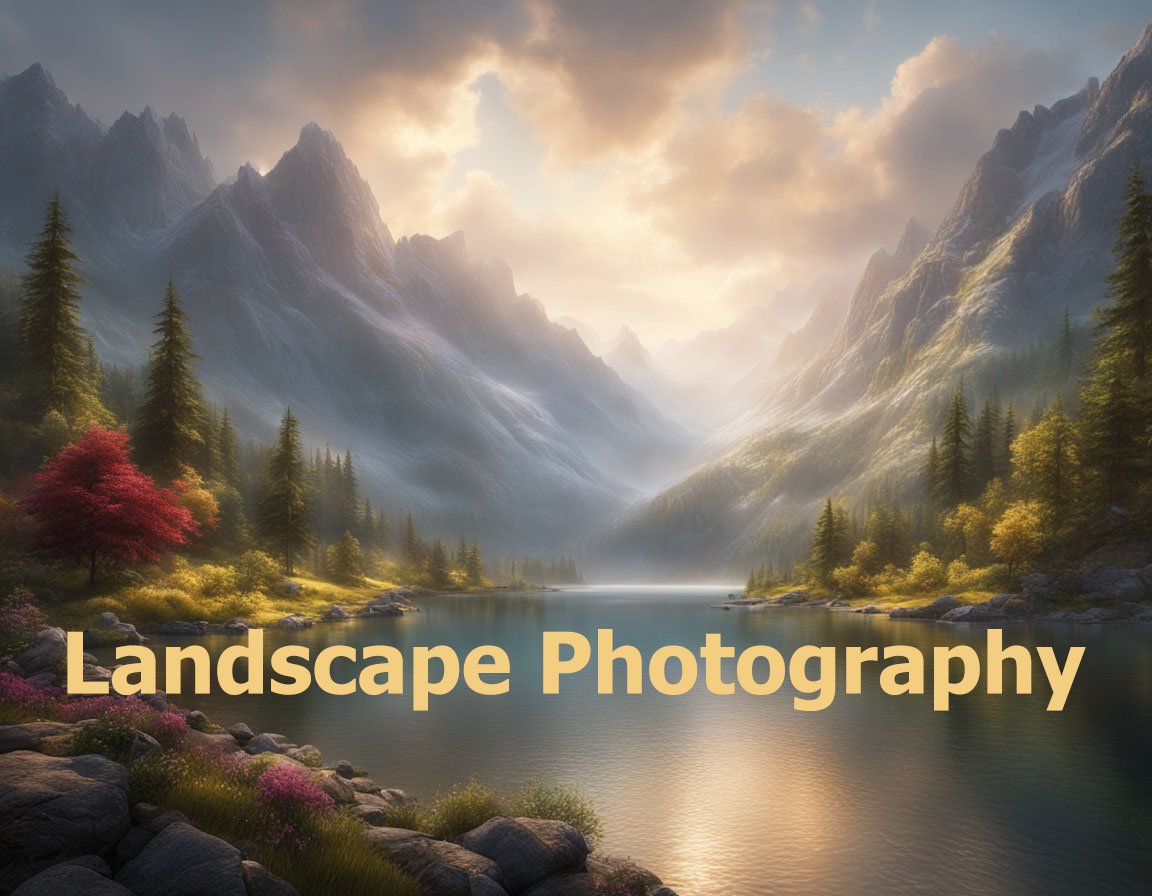Understanding the Magic of Sunset Silhouettes
Capturing a silhouette image during sunset can evoke a sense of mystery and drama that often strikes a chord with viewers. The moment when the sun dips below the horizon and casts a warm, golden light across the landscape is a photographer’s dream. The contrast between a vivid sky and the dark profile of your subject is what creates that magical silhouette effect. To achieve the perfect shot, it’s crucial to understand the interplay between light and shadow during these fleeting moments.
Why Sunset Silhouettes are Unique
Sunset silhouettes are unique because they drive attention to shapes and forms rather than minutiae details. Unlike portraits or daytime shots where details are visible, silhouettes challenge photographers to express emotion and story through simple outlines. This constraint can actually unleash creativity, allowing you to focus on composition and contrast to convey your intended message.
Choosing the Right Subject
Selecting an engaging subject is paramount in silhouette photography. Look for subjects with distinct shapes—think of trees, people, bicycles, or statues. Subjects with recognizable outlines will work best since intricate details will be lost in shadows. When you’re shooting human figures, positioning them in ways that emphasize their profile or gesture can evoke different emotions—joy, contemplation, or action depending on the pose.
Technical Aspects of Capturing Stunning Silhouettes
When attempting to capture the elegance of a sunset silhouette, there are specific technical considerations that can enhance the final image significantly. Understanding these aspects helps create well-executed photographs that resonate with viewers.
Camera Settings for Silhouettes
To capture a silhouette, you need to expose for the brightest part of your scene. In this case, it’s the sky. Use manual mode on your camera to adjust settings. Start by setting your ISO as low as possible to avoid noise. A low aperture will help keep both the sky and subject in focus, typically somewhere between f/8 and f/16. Shutter speed will depend on the available light; however, a faster shutter speed helps maintain sharper outlines.
Focusing Techniques
Focus is critical in silhouette photography. With the sun behind your subject, your camera’s autofocus may struggle. Switching to manual focus gives you more control. If your subject is too dark to focus on through the viewfinder, try focusing a little beforehand while the light is still sufficient or use back-button focus to lock in on your subject before the light fades completely.
Using Filters to Enhance the Scene
Filters can be a game-changer in silhouette photography. A graduated neutral density filter can balance the sky and foreground exposure, making it beneficial for maintaining sky details without making the silhouette appear washed out. Meanwhile, polarizing filters can enhance the colors in the sky, making the sunset appear richer and deeper.
Composition Techniques for Dynamic Silhouettes
Composition is at the heart of engaging silhouette photography. A well-composed image will lead the eye of the viewer and elicit an emotional response, creating a powerful narrative with minimal detail.
Rule of Thirds and Leading Lines
Employing the rule of thirds can make your silhouette more compelling. Position your subject off-center to create balance and interest. Leading lines, such as paths or fences, can guide the viewer’s eye towards the silhouette, making the composition more engaging.
Negative Space
Negative space, or the area around and between the subject, contributes significantly to the overall composition by adding balance or breathing space. With silhouettes, the use of negative space is crucial in accentuating the subject’s shape and drawing focus to the outlined forms.
Framing with the Foreground
Using natural elements like trees, windows, or tunnels in the foreground can frame your silhouette effectively. This not only adds depth to the image but also creates a sense of place and context, enhancing the storytelling aspect of your silhouette photograph.
Play with Scale and Perspective
Incorporate different perspectives to add intrigue. A low-angle shot can exaggerate size, making your subject larger than life, while a high angle might convey vulnerability or isolation. Mixing subjects of varying sizes can also add a layer of complexity to your scene, aiding in storytelling.
Maximizing Post-Processing Techniques
Even the best-captured silhouette can benefit from post-processing. With contemporary editing software, you can fine-tune your images to highlight the mood you seek to convey.
Adjusting Shadows and Highlights
Editing shadows and highlights can enhance the contrast in your silhouette. A slight increase in shadow darkness will ensure the subject remains a solid black, while adjusting highlights can bring out the vibrant colors of the sunset. This helps in separating the silhouette from the vibrant background.
Enhancing Colors
Using hue and saturation sliders in editing software like Lightroom or Photoshop can accentuate the colors of your sunset, making them more vivid or moody depending on your intention. A warm temperature adjustment can also enhance the orange and red tones typical of sunsets, creating a more captivating backdrop.
Adding Vignetting for Dramatic Effect
Applying a vignette can draw focus to the center of your image, emphasizing the silhouette. This technique involves darkening or lightening the edges of your photo to naturally direct the viewer’s eye toward the subject.
Experimenting with Black & White
Though silhouettes are often associated with striking color contrasts in sunsets, black and white processing can add a timeless, classic feel. This technique can emphasize shapes and forms, allowing the silhouette’s story to be the focal point without the distraction of color.
Conclusion: Embrace Creativity
Sunset silhouette photography is as much about creativity as it is about technical prowess. Whether you’re exploring vivid colors or stark contrasts, each sunset offers a unique opportunity to tell a story through form and light. With practice and experimentation, you can master the art of capturing these dynamic, emotionally resonant images that linger with viewers long after sunset.


